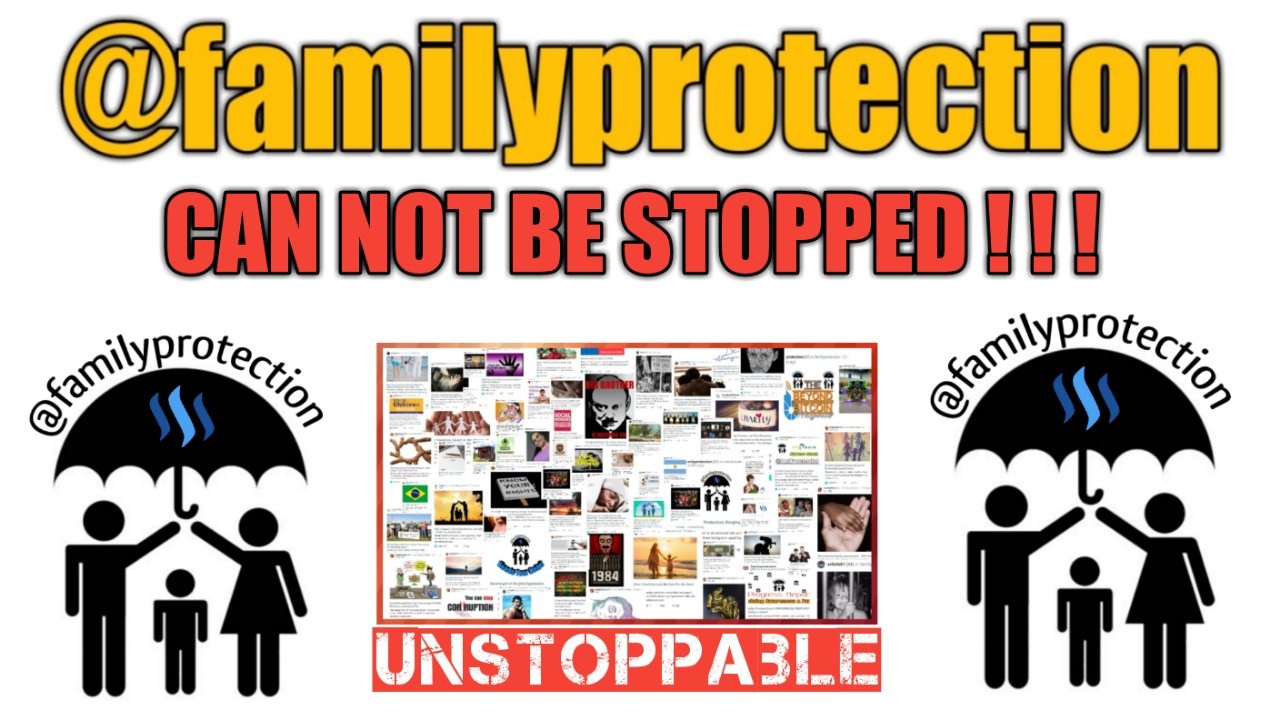Most people hear the word Hula and they automatically think of beautiful Hawaiian ladies and girls in grass skirts. How many of you actually know that in Ancient Hawai'i, men were the first to dance hula, and the best dancers were even chosen to become warriors. Today, A common misconception about hula is that it's a dance tradition strictly for women. Nope. In ancient Hawai'i, men were the first to dance hula, and the best dancers were even chosen to become warriors. Today, Ke Kai O Kahiki—one of Hawai'i's most famous male hula schools—is carrying on this tradition by telling warrior stories with dance. To do so, dancers train in the same way as their ancient forbearers, using the land itself as a harsh and unforgiving gym. To dance like a warrior, you need to train like one.

Telling Warrior Stories with Hula
Even though it is commonly thought that hula is a dance just for women, the purpose of hula dance is “to communicate with the gods of nature.” Ancient times in Hawaii, the men were the first to dance the hula and the best dancers were selected to become warriors. This school, in a remote and secret corner of Oahu Island, carries on the ancient tradition by telling the history of warriors dancing. The dancers train hard as their ancient predecessors by using nature to train with the tools it offers like in the past: stones, sand, ocean, coconut trees to climb bare hands.

There are many different dances throughout the Polynesian islands of Tonga, Tahiti, Samoa and New Zealand, but Hula is unique to the Hawaiian islands. According to Hawaiian Legend, Laka , the goddess of hula invented the dance at a sacred place in Ka’ana, on the island of Molokai. Another legend tells us that Hi’iaka danced to appease her sister Pel’e, the fiery volcano goddess . Hi’iaka, according to legend, invented hula in Kauai’s north shore valley of Ha’ena. Another legend states that Pele’, the volcano goddess, was running from her sister Namakoakaha’I, the goddess of the oceans. Legend states that when Pele’ finally reached the chain of craters on the Big iIsland, where she couldn’t be touched by waves, she danced the first dance of hula signifying that she had beat her sister.
The history of hula deals speaks of two different forms of hula, Hula Kahiko, (ancient hula) and Hula Auana (modern hula). Hula Kahiko was danced by the ancient Hawaiians as a religious homage to their Gods. and was accompanied by meles (chants), drums, bamboo rattles, rock castanets and striking sticks. Hula was danced exclusively by men. The dance told a story (like a pantomime) and was carried down through the family and their sons and daughters are trained in the traditional methods. This is how the ancient Hawaiians passed along their history. Hula was frowned upon after Captain Cook’s arrival in the late 1700’s,. When American Protestant Missionaries arrived in 1820 they denounced Hula as a lewd heathen dance. The newly Christianized ali’I (royalty) were urged to ban Hula. When the ali’I banned public performances of hula, but he continued to patronize it. Hula soon became a dying part of Hawaiian culture.
In 1874 with the accession of King David Kalakaua, Hula once again went public. King Kalakaua was known as the Merrie Monarch because of his love of gatherings, celebrations and parties. King David Kalakaua had performances of Hula at his 1883 coronation and his 1886 Jubilee. After his death in 1891 and his sister Queen Lili’oukalani was forced from the throne by American businessmen, and Hula came to an end as a part of official government protocol. Hula died again for almost a century.
Even though it wasn't as popular, Hula continued to evolve. Dancers blended native elements of the dance with foreign ones. Hula Kui (joined hula) became popular. In the late 1800”s many people traveled to Hawaii from all over the world after steamship travel became popular. Hawaiians also began to travel. American and European musicians also introduced Hawaii to new melodies and dances. Hula continued to evolve with more western influences. Hula began to evolve into a less formal style now called Hula Auana In the early to mid 1900”s, . Hula Auana doesn’t have meles or ancient instruments. Instead the dancers dance to guitars, bass, steel guitars and ukuleles and a singer often times singing falsetto. The modern hula, Hula Auana, still tells stories of Hawaii, but has lost almost all of it’s religious significance and has become pure entertainment. A lot of todays's Hawaiians still practice Hula Kahiko and go to a Hulau (Hula school) for many, many years. The Kumu (teacher) is normally very serious and strict. The Kumu teaches the dancers about the history of hula and how to dance each form. Ancient instruments are still used for Hula Kahiko.

Hula Dancer with a bamboo stick called the Ka'eka'e
The Pahu are usually made from hollowed out coconut tree trunks and are intricately carved and covered with shark skin. This is used to accompany the movements and chanting.

The puniu or kilu is a much smaller drum made from a coconut shell and covered with the skin of the kala fish. Dancers often tied these drums to their legs and struck them in rhythm or counter rhythm to their movements.

The puili is a piece of dried bamboo approximately two feet long that has been split into strips down most of the length. Dancers strike two puili together or against their bodies to create a rattling accompaniment.

The ‘ohe is a simple bamboo flute that produces a soulful sound. Unlike other flutes this one is played by blowing air across the opening from one nostril and is often times called a nose flute
The uli’uli is a grapefruit sized gourd from the La’amia tree was dried, hollowed out and after a few pebbles were put inside, were decorated with bright red and yellow feathers. This instrument is kind of like maracas and are still used today for Hula Kahiko as well as Hula Auana.

Ipu are dried Hawaiian gourds which have had the top cut off and the insides removed. Dancers hold the ipu in one hand by it’s throat and carefully strike it with the palm of fingers of the other hand, or it is struck against the body or a pad on the ground, in rhythm to the Hula. Sometimes two gourds were glued together to create an ipu heke.

Ili’ili are tow small flat river rocks that the dancers make percussive sounds with like Spanish castanets.

Kala’au are two sticks that the dancer strikes together to make percussive sounds. Most kala’au are short, but some dancers use one short and one staff- like long one.

Ka’eka’e are varying lengths of bamboo that are open on one end. The Hawaiians strike the Ka’eka’e on the ground to make a drum like sound. Different lengths make different sounds so the Ka’eka’e are called a bamboo organ.

The Kulili is a triple gourd rattle that uses a pull string to rotate the individual parts
The Pu is a trumpet that is made from a seashell, such as a conch shell

The Ukulele is on of the best known Hawaiian instruments in the world. It is relatively easy to learn and play.


Halau Kawaiulaokala Hui O Na Opio 2/3/2018 [HD] Annual Hula Festival at Polynesian Cultural Center in the Hawaiian Village.
Lahainaluna High School Hawaiian Club 2/3/2018 [HD]
You Tube
Hui Ho'oulu Aloha 2/3/2018 [HD]
PhotoLukeHawaii
ke kai o kahiki 2018, Merrie Monarch Workout
You tube
Ke Kai O Kahiki
Published on Apr 9, 2018
Mahalo to everyone for supporting us on our wonderful journey to Merrie Monarch 2018

Read: Oregon Judge Awards $1.3 M to Foster Care Victum of Child Sex Abuse - K.U's Story
4-year-old Darwin Delgado dies under Dallas, Texas CPS' watch -Darwin Delgado's Story


What Is @familyprotection? What Are The Rules? How Do I Donate?
If you are concerned about where these funds are going, please take the time to read this post:
We are Family Protection, Keeping Families Safe, Together
@markwhittam grew up in the care of CPS and then many years later he and his family had to flee their country under threats from the state to take their child because they home schooled.
Linda, @canadian-coconut, started @familyprotection because she has helped several families who have been torn apart at the hands of the legal kidnappers aka. Child Protection Services.
It is up to us as a Community to uncover the truth and spread this truth worldwide!
If you or someone you know have children that are now wards of the state and/or government, we encourage you to share your story. If you are an underage youth caught up in this insane cycle of abuse and control..Please share your story..If you have friends in abusive situations..Please have them share their story. We here at steemit.com have caring people that that are willing to help you in anyway we can.
If you wish to donate in support of this project, please do so by sending your donations in the form of Steem, Steem Power and or SBD to @familyprotection
Show your support for @familyprotection, @markwhittam, and @canadian-coconut by visiting their blogs, leaving comments revelent to this most worthy cause, upvoting and resteeming as many of these posts as you feel drawn to do.
Before-using-the-familyprotection-tag-please-read-this
If you find this post helpful, please consider UPVOTING and RESTEEMING.

Active Posts by The Three Hugs
MAHALO FOR YOUR SUPPORT!!

 \
\



